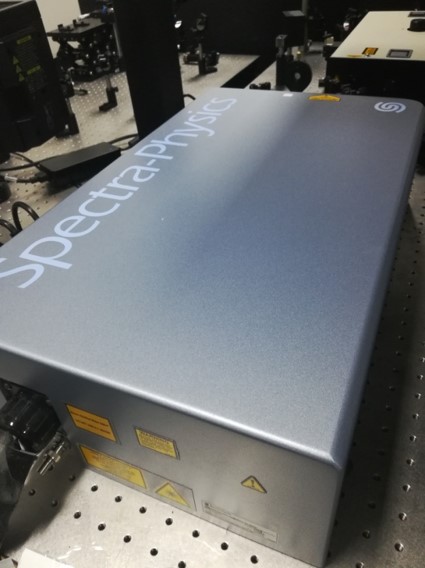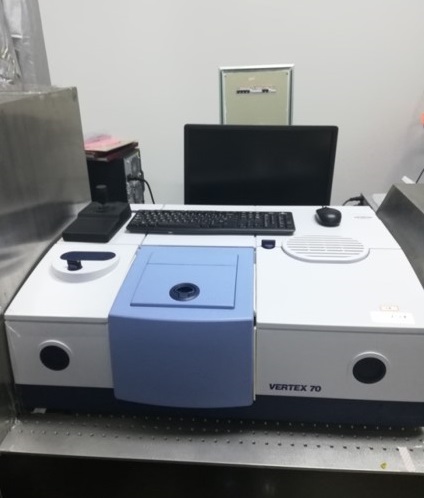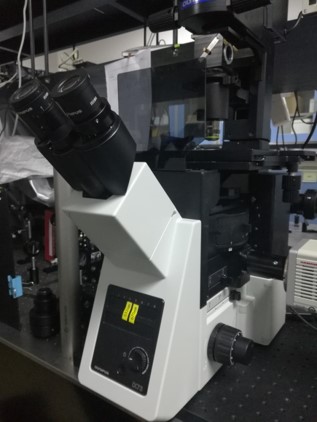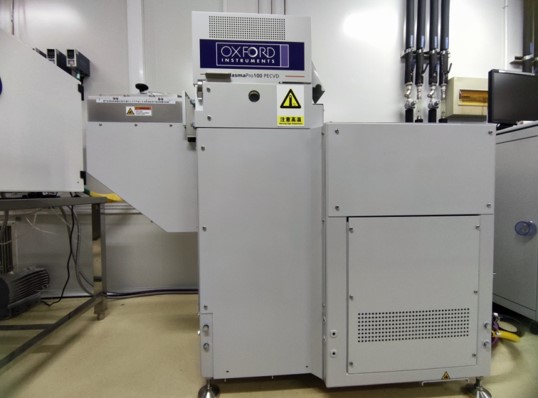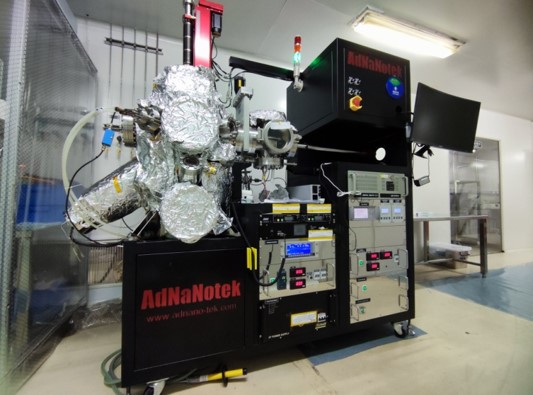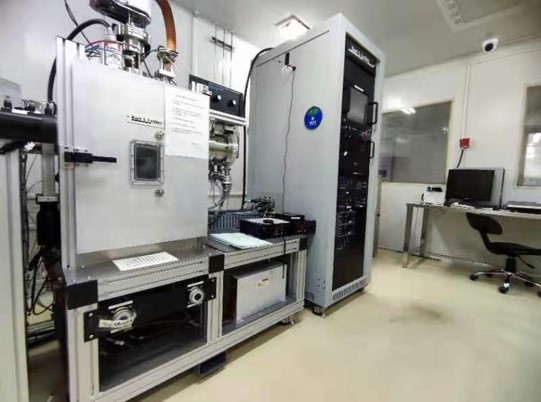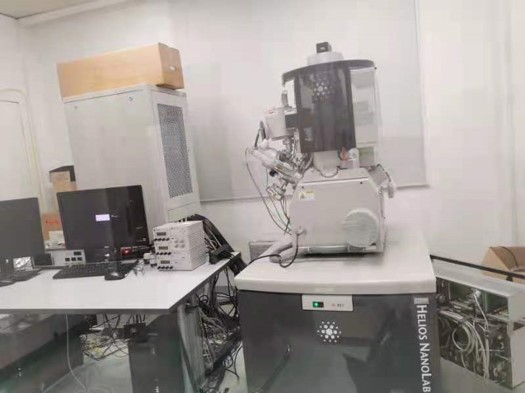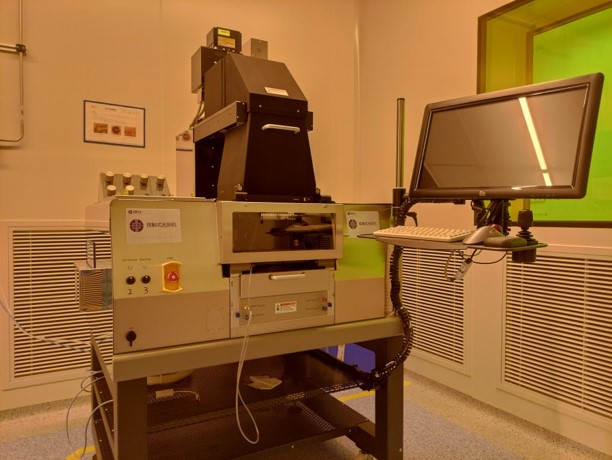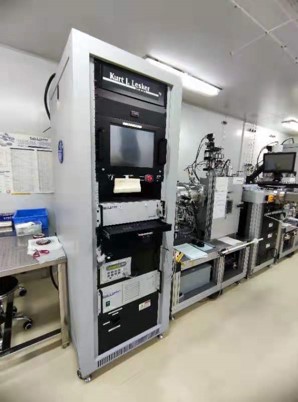Fourier Transform Infrared Spectrometer
Fourier transform infrared spectrometer is mainly composed of Michelson interferometer and computer. The main function of Michelson interferometer is to divide the light emitted by the light source into two beams to form a certain optical path difference, and then combine them to produce interference. The obtained interferogram function contains all the frequency and intensity information of the light source. The frequency distribution of the intensity of the original light source can be calculated by Fourier transform of the interferogram function with a computer. It overcomes the disadvantages of the dispersion-type spectrometer, such as low resolution, small output of light energy, narrow spectral range and long measurement time. It can not only measure the absorption and reflection spectra of all kinds of gas, solid and liquid samples, but also can be used for short time chemical reaction measurement. At present, infrared spectrometer has been widely used in electronics, chemical industry, medicine and other fields.
